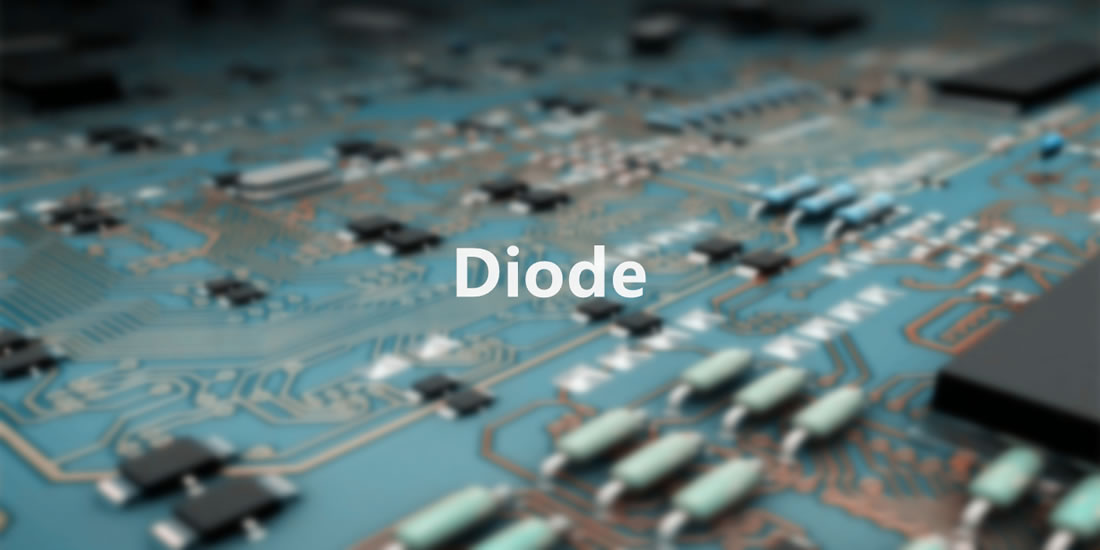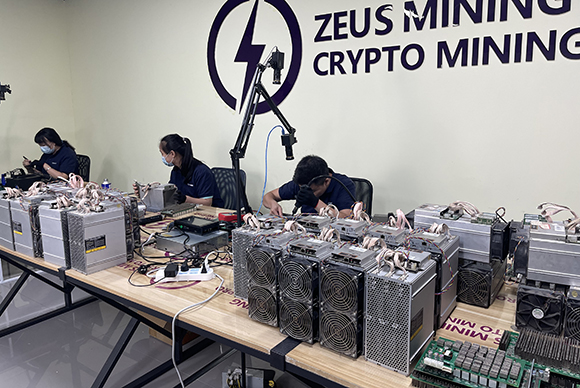


A diode is an electronic device made of semiconductor materials such as silicon, selenium, and germanium. It has unidirectional conductivity, that is, when a forward voltage is applied to the anode and cathode of the diode, the diode is turned on. When a reverse voltage is applied to the anode and cathode, the diode is turned off. Therefore, the turn-on and turn-off of the diode are equivalent to the turn-on and turn-off of the switch. The positive and negative terminals of the diode, one end is called the anode, and the other is called the cathode. The current can only move from the anode to the cathode. A diode is a device composed of semiconductors. A semiconductor can flow current in any direction.
Characteristics of the diode:
1. Positive
In the current range of regular use, the terminal voltage of the diode remains almost unchanged when it is turned on. This voltage is called the forward voltage of the diode.
2. Reversibility
When the applied reverse voltage does not exceed a specific range, the current through the diode is a reverse current formed by the drifting movement of minority carriers. Since the reverse current is minimal, the diode is in an off state. This reverse current is also called reverse saturation current or leakage current. The reverse saturation current of the diode is greatly affected by temperature.
3. Breakdown
When the applied reverse voltage exceeds a particular value, the reverse current will suddenly increase. This phenomenon is called electrical breakdown. The critical voltage that causes electrical breakdown is called the diode reverse breakdown voltage.

